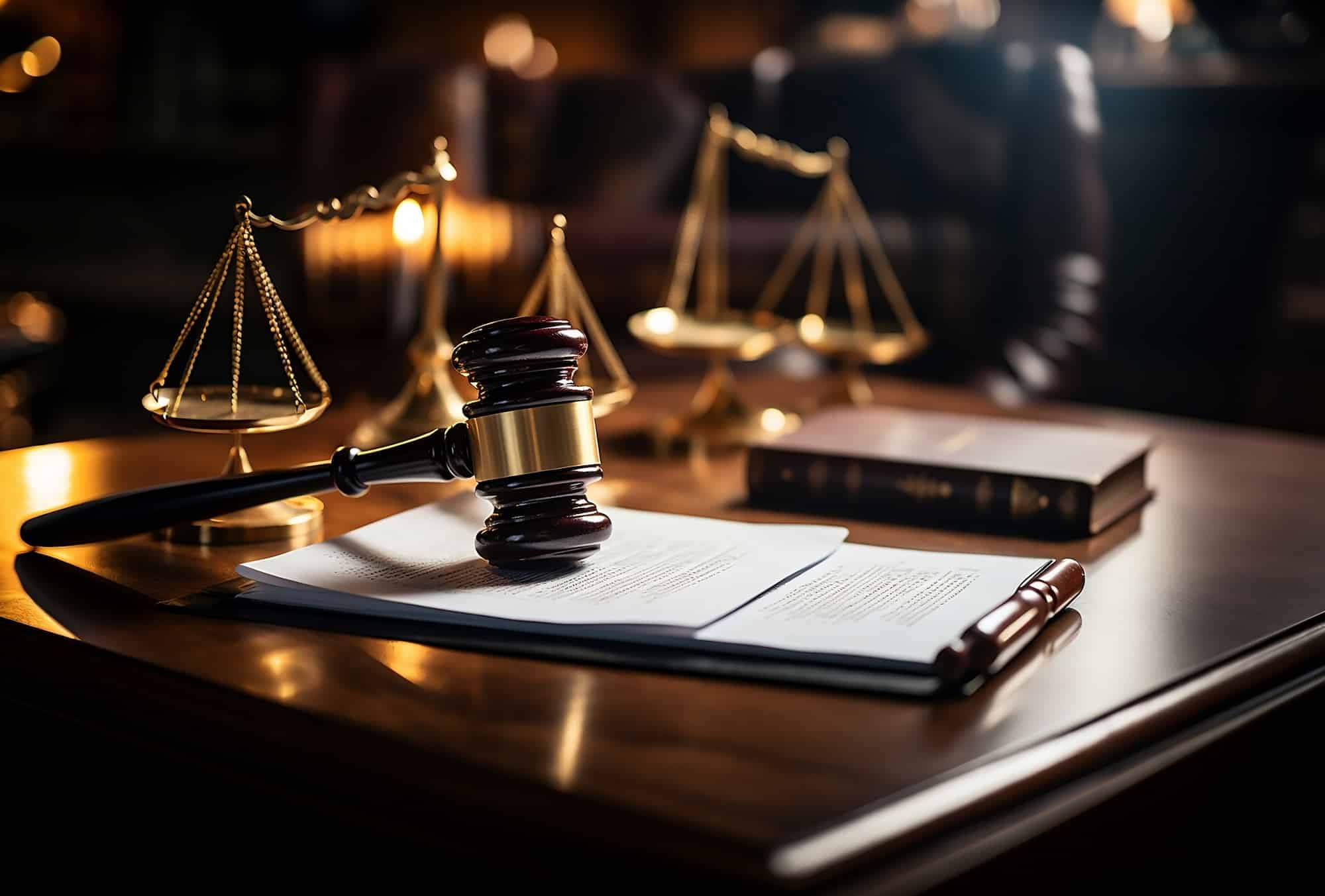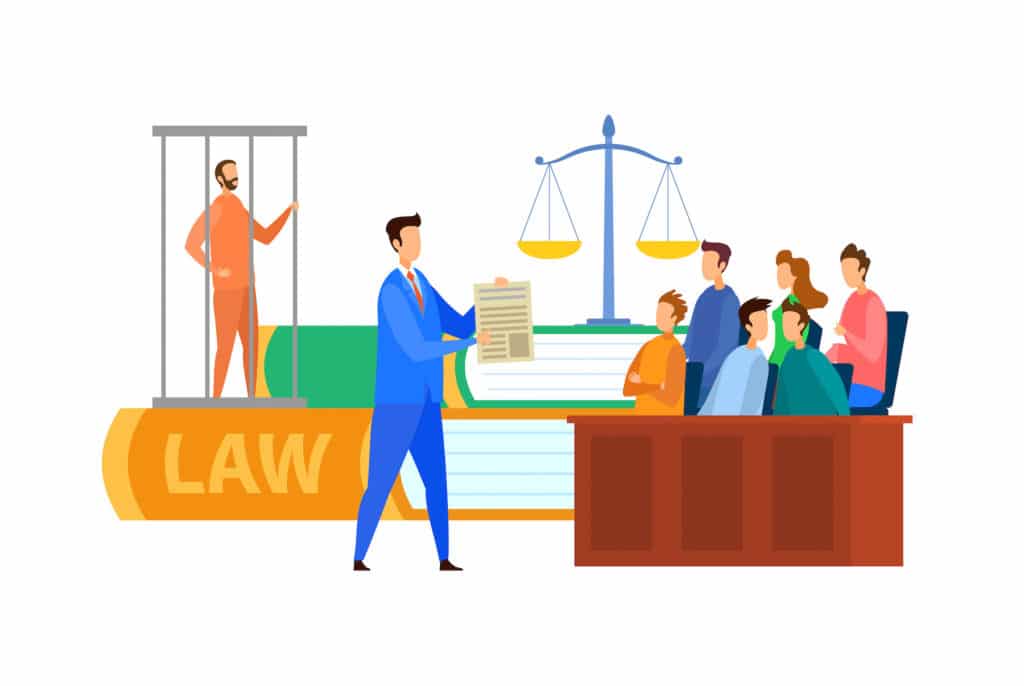Why Your Next Situation Needs a Strong Trial Presentation: Insights and Techniques for Lawyers
Wiki Article
Navigating the Intricacies of Trial Presentations: Tips for Seamless Distribution and Compelling Arguments
In the world of legal process, the art of trial discussion stands as an essential component of success. As attorneys browse the elaborate internet of court characteristics, the capability to seamlessly provide arguments and proof while captivating the jury's attention comes to be vital. The intricacies intrinsic in test presentations call for a delicate balance of approach, finesse, and ability. By developing strategies that ensure a refined distribution and crafting compelling disagreements that reverberate with the target market, legal experts can substantially improve their campaigning for. In a world where persuasion preponderates, grasping the details of trial presentations is not simply a choice yet a necessity for those looking for to prevail in the courtroom.
Understanding Test Purposes
To effectively navigate a trial, it is vital to have a clear understanding of the purposes that need to be achieved. Before stepping into the court, lawful groups have to define their goals and desired outcomes. These goals function as assisting concepts throughout the test, forming approaches and affecting decision-making procedures.Recognizing test purposes entails a thorough evaluation of the instance, lawful criteria, and the customer's benefits. Trial Presentations. It calls for a thorough examination of the truths, determining crucial problems, and anticipating possible difficulties. By establishing quantifiable and details objectives, attorneys can customize their arguments and discussions to align with the desired results
Furthermore, a clear grasp of test purposes makes it possible for legal teams to focus on proof, witnesses, and legal arguments effectively. It enables the growth of a coherent story that reverberates with the discretionary, reinforcing the general case discussion.

Organizing Evidence Effectively
Having a clear understanding of trial goals lays the foundation for arranging evidence effectively in lawful proceedings. By straightening the presentation of proof with the desired end results of the trial, lawful teams can reinforce their arguments and enhance their persuasiveness.Another crucial element in arranging evidence properly is establishing a rational flow. Providing proof in a sequential and meaningful way can aid develop an engaging narrative that sustains the lawful arguments being made. In addition, using visual help such as timelines, charts, or graphes can further boost the organization of evidence and help in making clear complex connections or sequences of events.
Furthermore, making certain that all evidence presented is admissible and relevant to the situation is important. Pointless or inadmissible evidence can take away from the toughness of the disagreement and possibly harm the integrity of the presenting party. A careful evaluation and choice procedure must be embarked on to consist of only the most impactful and lawfully sound evidence in the test discussion.
Crafting Influential Stories
Crafting compelling stories plays a pivotal duty in providing influential disagreements during legal proceedings. When constructing a narrative for a trial discussion, it is crucial to establish a clear story that highlights essential factors and links them in a systematic way. By weaving with each other proof, statement, and lawful disagreements right into a persuasive and natural narrative, legal specialists can efficiently support for their clients and boost the likelihood of a favorable outcome in the court room.
Mastering Visual Help
Effective use of aesthetic help is vital to enhancing the effect and quality of trial presentations. Aesthetic help, when made use of tactically, have the power to streamline intricate information, strengthen bottom lines, and leave a long lasting perception on the discretionary. To master visual aids in trial discussions, it is critical to guarantee that they are clear, concise, and appropriate to the disagreements being made.When including aesthetic help, such as charts, photos, graphs, or timelines, into a trial discussion, it is necessary to keep them aesthetically appealing yet expert. The visuals ought to enhance the YOURURL.com verbal arguments, giving a graph of the information being discussed without frustrating the target market with unneeded details.
Additionally, experimenting the visual aids beforehand is crucial to make sure a smooth shipment during the trial. Acquainting oneself with the content, shifts, and timings of each visual aid can aid keep the circulation of the presentation and avoid technical problems that might develop.
Providing Impactful Closing Arguments
An engaging closing disagreement offers as the conclusion of a test presentation, enveloping the core narrative and convincing the judge and jury in the direction of a beneficial choice. Begin by describing the major arguments that sustain your customer's setting, stressing why the evidence provided throughout the test supports your narrative.In addition, incorporating psychological allure can even more reinforce your closing argument. By connecting and humanizing the situation on an individual level with the decision-makers, you can evoke compassion and understanding, affecting their perception of the truths offered. Additionally, restating the lawful criteria that must be satisfied for a positive judgment can reinforce the validity of your setting. Eventually, a well-crafted closing debate should leave a long lasting perception, engaging the court and court to regulation in your client's favor.
Verdict
To conclude, understanding test discussions entails recognizing purposes, arranging proof, crafting stories, making use of visual help, and supplying impactful closing debates. By carrying out these techniques successfully, attorneys can present their situation effortlessly and make compelling arguments in the courtroom. It is crucial to browse the intricacies of test presentations with precision and ability to attain success in legal proceedings.By aligning the discussion of proof with the preferred outcomes of the test, lawful teams can strengthen their arguments and boost their persuasiveness (Trial Presentations). To grasp visual help in test presentations, it is essential to ensure that they are clear, succinct, and appropriate to the you could try this out arguments being made
An engaging closing disagreement serves as the end result of a trial discussion, enveloping the core narrative and encouraging the court and jury in the direction of a positive decision. Begin by laying out the primary arguments that go now sustain your client's placement, highlighting why the proof provided throughout the test supports your story.In final thought, mastering test presentations includes understanding purposes, organizing proof, crafting narratives, using visual aids, and supplying impactful closing arguments.
Report this wiki page